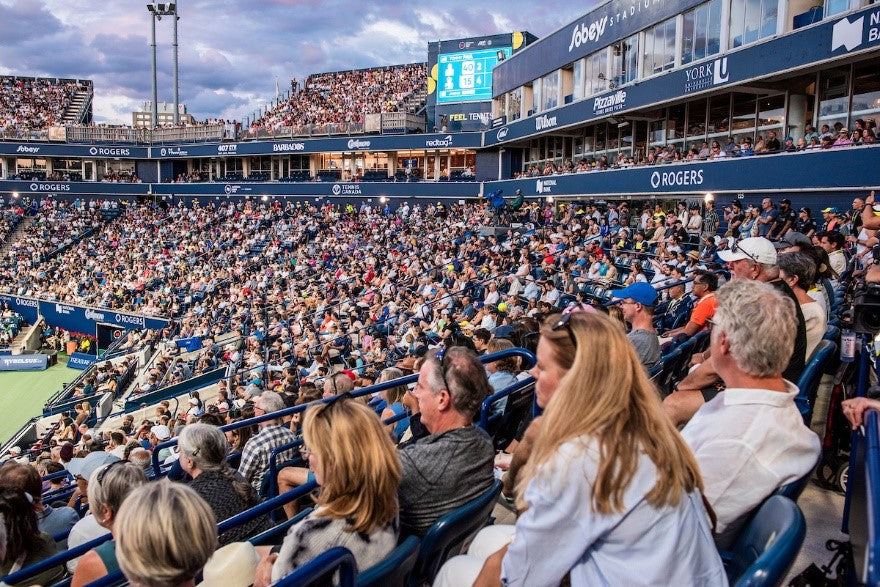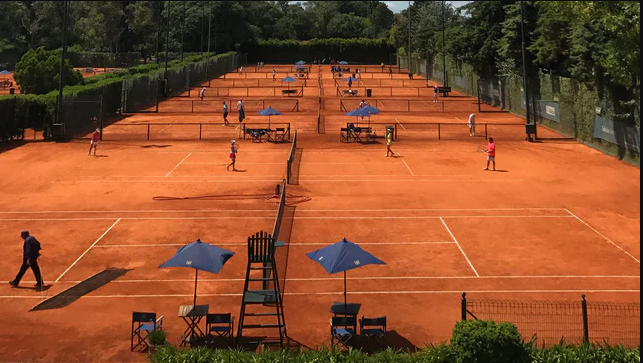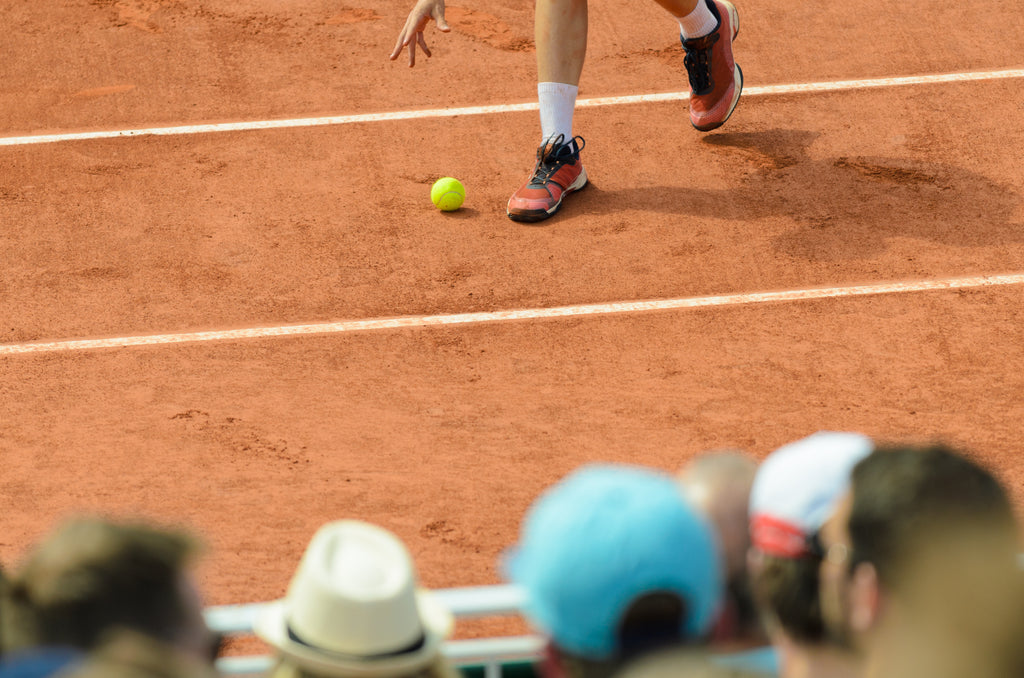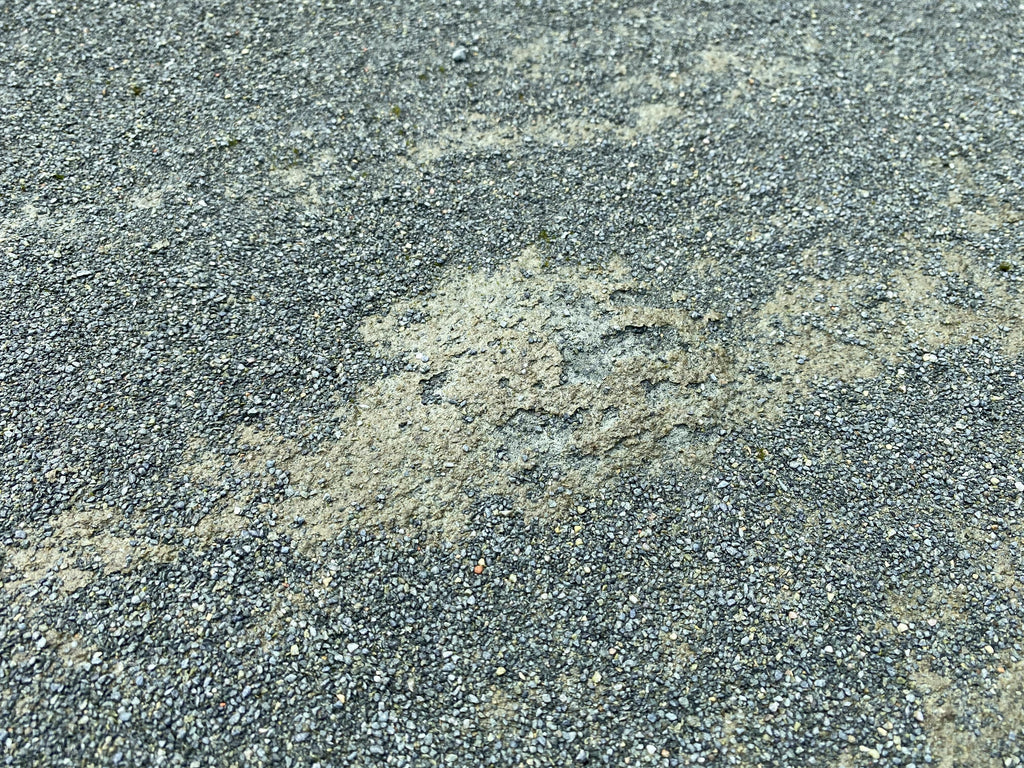Top tips to plan the perfect tennis court installation
- 0 Comments
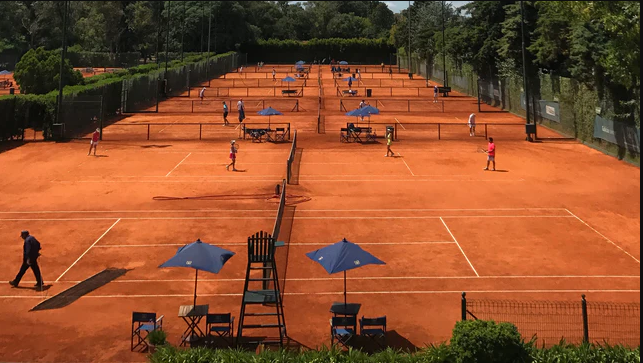
It might sound obvious, but when you are planning to install a new tennis court, you should look for a specialist tennis court construction company in your area. Here at Har-Tru, we’ve been innovating tennis courts since 1932 so if you’re looking for a trusted tennis court builder, get in touch with us today.
Plan the supply and access routes
Ongoing tennis court maintenance, as well as spring repairs, must be considered in the planning.
The paths between the courts should be at least wide enough to allow rollers and court builders' machines to enter the tennis courts.
Lawn maintenance with lawn tractors also requires wide access paths to the driveway and, of course, sufficiently wide entrances.
Also provide a place where plant waste can easily be dumped from the truck.
Building tennis courts properly
Tennis courts are generally built in a north-south direction and should not deviate more than 7 to 10 degrees from this axis.
This gives you the best angles to the sun and creates an even distribution of sunlight on the tennis court.
The visual impairment of the sun is also more uniform and does not create unnatural playing conditions.
Spectator stands should be installed on the west side of the tennis court, if possible, otherwise the important tournament matches, which often take place in the afternoon or evening, will be seen as spectators directly in the setting sun.
Trees around the tennis court
Certain types of trees should not be placed near tennis courts.
Leaves falling in autumn are less of a nuisance than flowers falling from trees in spring and pose a daily problem for the maintenance of the area.
You should also make sure that no new trees are planted with roots that run flat, such as poplars.
These trees will eventually clog and damage the tennis court drainage pipes.
Our tennis court maintenance tools can remove leaves, pine needles, stones, tennis ball lint and other debris in no time at all. Discover our top tennis court maintenance products that keep your court tidy all year round.
Similarly, perennials should not be planted around the court as they multiply too quickly and increase the cost of maintaining the area.
Walnut trees, for example, provide good shade and offer some protection against mosquitoes.
In any case, you should consult a horticulturist for further advice.
Think about your hedges or bushes
If you plan to plant hedges or bushes along fences, leave a sufficient distance to the tennis court fence.
2.50 m is a distance that has proven to be practical.
In any case, a free distance of 0.75 to 1.00 m should be left between the fence and the row of hedges or shrubs.
You can also use felt-covered drainage pipes instead of the usual slotted pipes.
A clean strip around the tennis court of at least 75 cm width, which is also free of grass and moss, is the best protection for your drainage and simplifies tennis court maintenance and improves the condition of your tennis courts.
Are you looking for specific tools to help you create a perfect place to play tennis? Browse our collection of tennis court maintenance products today
Tennis courts built under embankments should have sufficient clearance from the embankment where a trough or sloping ditch can be created.
To allow surface water to drain away from the tennis court unimpeded, all adjacent areas should be 6 to 10 cm lower than the tennis court cover.
Of course, this also applies to the paths next to the tennis court.
This is the only way to ensure that in the event of heavy rainfall, water that cannot be drained away in gutters and yard drains can run off the site unhindered.
Attention should also be paid to the drainage gaps between the kerbs, through which the water is drained.

